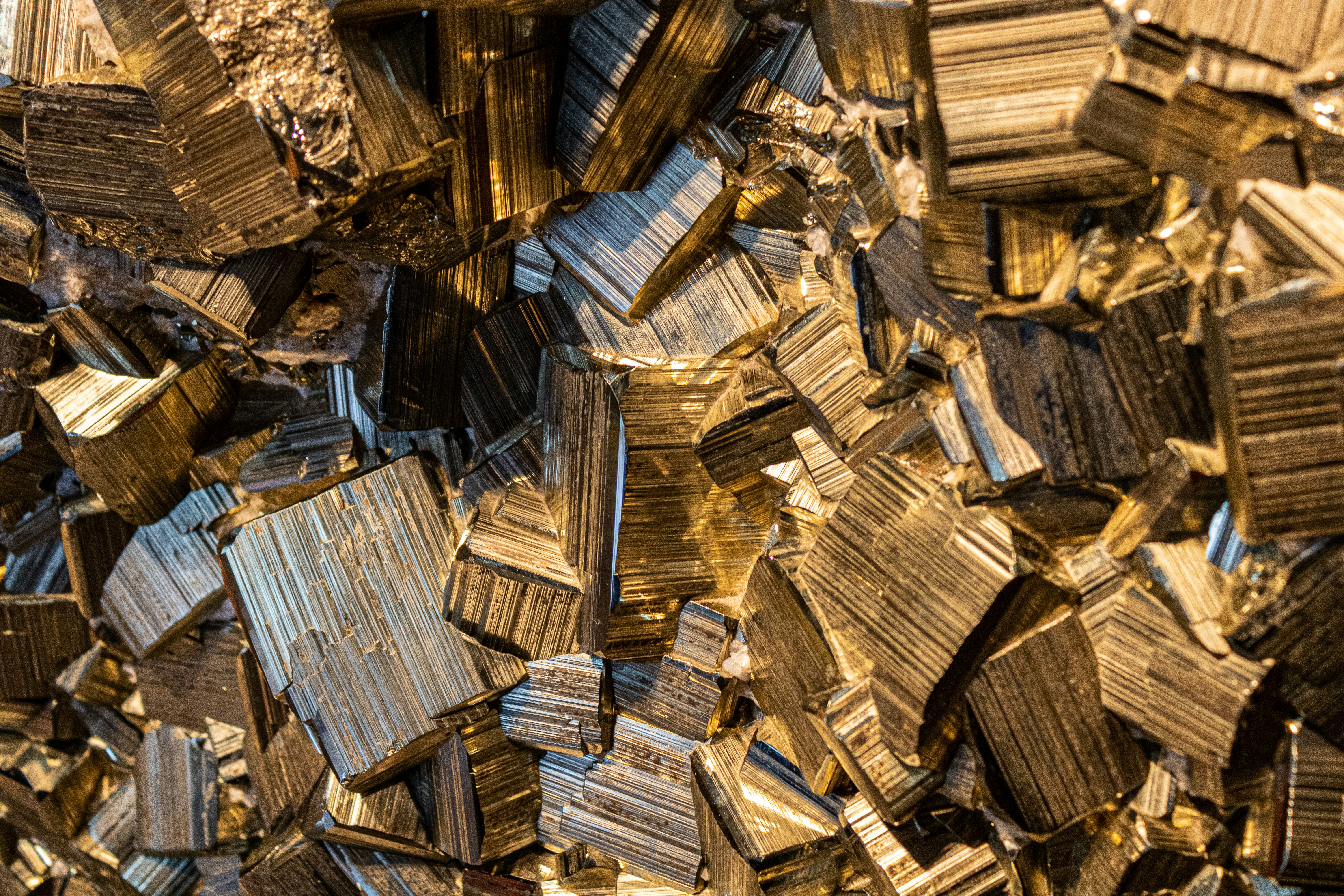Fool's Gold: All that Glitters
Once upon a time, two unscrupulous chemists stumbled upon a groundbreaking discovery: they could create gold. Their first successful experiment left them in awe, hardly able to believe their own eyes. Eager to test the waters, they took their creation to a “We Buy Gold” shop and transformed their scientific breakthrough into cold, hard cash. As they exchanged triumphant glances, they realized they had unlocked the secret to printing money. With gold fetching $2,600 per ounce and their production costs under $100, visions of wealth danced before them.
Faced with a pivotal decision, they considered two paths:
- Continue selling their synthetic gold as genuine, risking eventual exposure.
- Reveal their innovation to the world, offering it at a slight discount—perhaps 20% less than natural gold.
Anticipating resistance, they knew they’d need the FTC’s endorsement to legitimize their lab-grown gold. Keeping production costs under wraps was crucial, and perhaps a few palms at the FTC would need greasing. But the investment seemed worthwhile. They enlisted a marketing agency to champion the eco-friendly virtues of lab-grown gold, heralding it as a cleaner, greener alternative. Convincing retailers to stock this new gold wouldn’t be difficult once they saw the potential profits. Gone would be the days of meager margins; jewelers stood on the brink of newfound wealth.
The Inevitable Downfall
And so it went for our chemists—they became rich beyond their wildest dreams. Everything unfolded as planned: the FTC approved their lab-grown label, and retailers, banks, and insurance companies eagerly embraced this fool’s gold, selling it to a public eager for a beautiful illusion.
Yet trouble loomed on the horizon. Overseas, chemists in China and India cracked the code, producing gold for mere pennies. Lab-grown gold began flooding the market like microplastics in the ocean. Buyers attempting to resell their lab-grown treasures found no takers. Scientists armed with spectrophotometers soon exposed the truth: lab-grown gold bore distinct growth patterns and spectral signatures that set it apart from its natural counterpart. The illusion shattered, and the market for lab-grown gold collapsed under its own weight, leaving millions of tons worthless across the globe.
Think this tale is fiction? Swap “gold” for “diamond,” and you’ll see it’s not. But you probably guessed that already. A fool and his money are soon parted—don’t be that fool.
